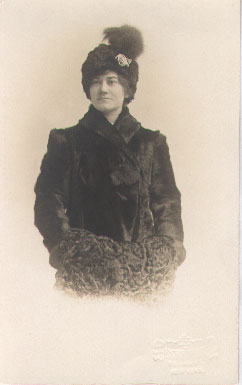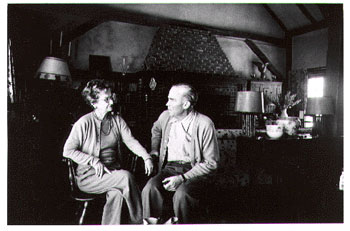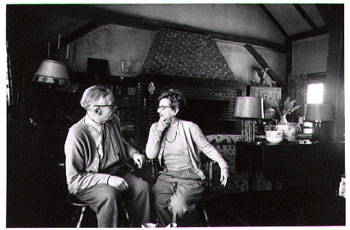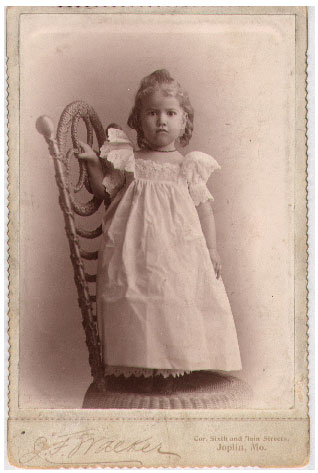 “Here is a woman who by the mid-1920s (in her early 30s) had had an entertainment career, was a suffrage activist, was the first female correspondent in the New York Times city room, wrote for the Saturday Evening Post, organized the Lucy Stone League, socialized with New York’s most talented individuals, had a ‘companionate marriage,’ and, not only created the idea, but funded and discovered the young talented writers for the beginnings of the New Yorker magazine.” (CSWS newsletter, From the Center …and Margins. Vol. 1, No. 1 Spring 1992, by Kari Grosvold)
“Here is a woman who by the mid-1920s (in her early 30s) had had an entertainment career, was a suffrage activist, was the first female correspondent in the New York Times city room, wrote for the Saturday Evening Post, organized the Lucy Stone League, socialized with New York’s most talented individuals, had a ‘companionate marriage,’ and, not only created the idea, but funded and discovered the young talented writers for the beginnings of the New Yorker magazine.” (CSWS newsletter, From the Center …and Margins. Vol. 1, No. 1 Spring 1992, by Kari Grosvold)
Jane Grant’s contributions to feminist thought formed a pivotal bridge between the feminism of the 1920s and the 1970s. One of the founders of the New York Newspaper Women’s Club, the first wife of publisher Harold W. Ross, and co-founder of The New Yorker, she was the organizing force behind the formation of the Lucy Stone League in the 1920s, which advocated for a woman’s right to keep her birth name after marrying (as Grant did after her marriages to Ross and William Harris).
As a reporter for The New York Times (she was the first full-fledged female Times reporter), she covered women and women’s issues, questioning public figures about their views on the status of women and interviewing women who worked in traditionally male professions. After her marriage in 1939 to Harris, an editor at Fortune, Grant became even more active in feminist causes, reactivating the Lucy Stone League and expanding its purpose. She continued to work for the rights of women into her retirement, advocating for passage of the Equal Rights Amendment and serving on the National Council of Women. She died in 1972 on the Connecticut farm she shared with her husband, William Harris.
In 1974 Harris was approached for an endowment for the University of Oregon, and after a visit to the school and negotiations with Joan Acker and other UO faculty and administrators, he agreed to fund a center that engaged in research on women and gender studies. Upon his death, he left a $3.5 million bequest in his wife’s name to establish CSWS.
In 1976, Harris donated Jane Grant’s papers to the University of Oregon. Visit the online exhibit (co-sponsored by CSWS and designed by former FHP research associate Dan Gilfillan): “Talk of the Town: Jane Grant, The New Yorker, and the Oregon Legacy of a Twentieth-Century Feminist.”
Further Reading “Jane Grant, The New Yorker, and Ross: A Lucy Stoner Practices Her Own Style of Journalism,” by Beverley G. Merrick, The Serials Librarian 37 (No. 2, 1999): 59-88.
Slideshow photographs courtesy the Jane Grant Photograph Collection, PH141, UO Libraries Special Collections.
















